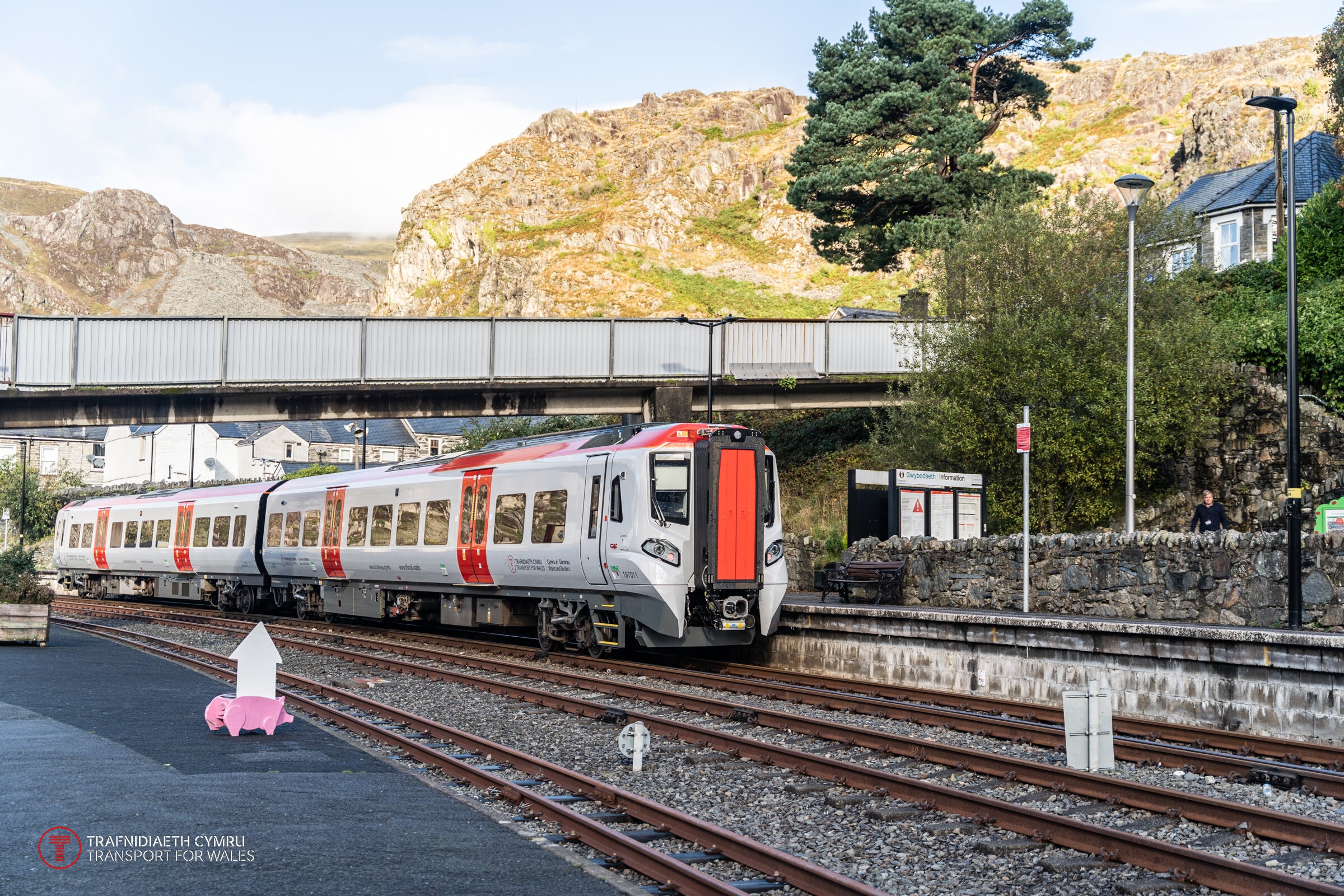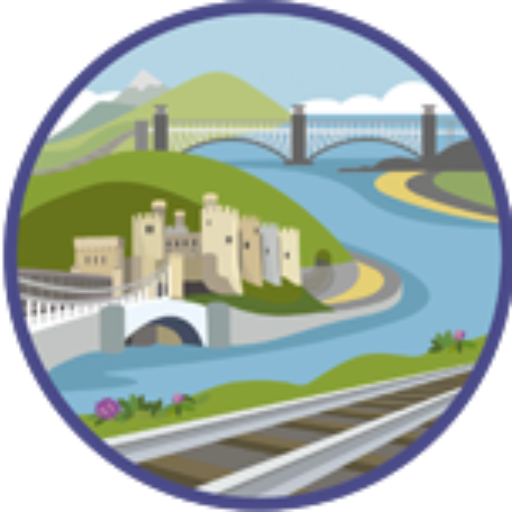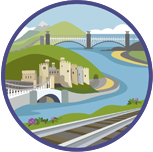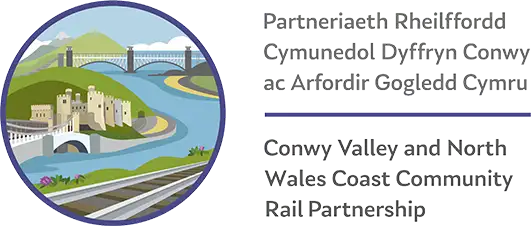Short but sweet, the Conwy Valley line comprises of just 13 stations connecting some of the most picturesque areas in North Wales. From the resort town of Llandudno on the coast to Blaenau Ffestiniog amongst the striking slate mountains, we highlight five not to be missed destinations on this historic line.
Llandudno
Built in 1858, Llandudno station originally served the copper mines of the area, as well as the farming and fishing industries along the coastline. The town is now known for being the largest seaside resort in Wales, with a rich an impressive history dating back to the Stone Age.
From the 4000 year old Great Orme Copper Mine to the Home Front Museum, Llandudno has plenty to offer for those interested in history and culture, both new and old. For those seeking adventure the Snow Sports Centre offers snowboarding, skiing, and the longest toboggan track in Wales. Llandudno is also home to part of the Wales Coast Path which passes through the West Shore Beach and the Great Orme, a Special Area of Conservation and Site of Special Scientific Interest. Wander along the Llandudno to Conwy trail to discover spectacular cliff top views, quaint locally run cafes and plenty of the Great Orme’s resident goats.
You can read more about Llandudno and all it has to offer in our Things To Do in Llandudno guide.
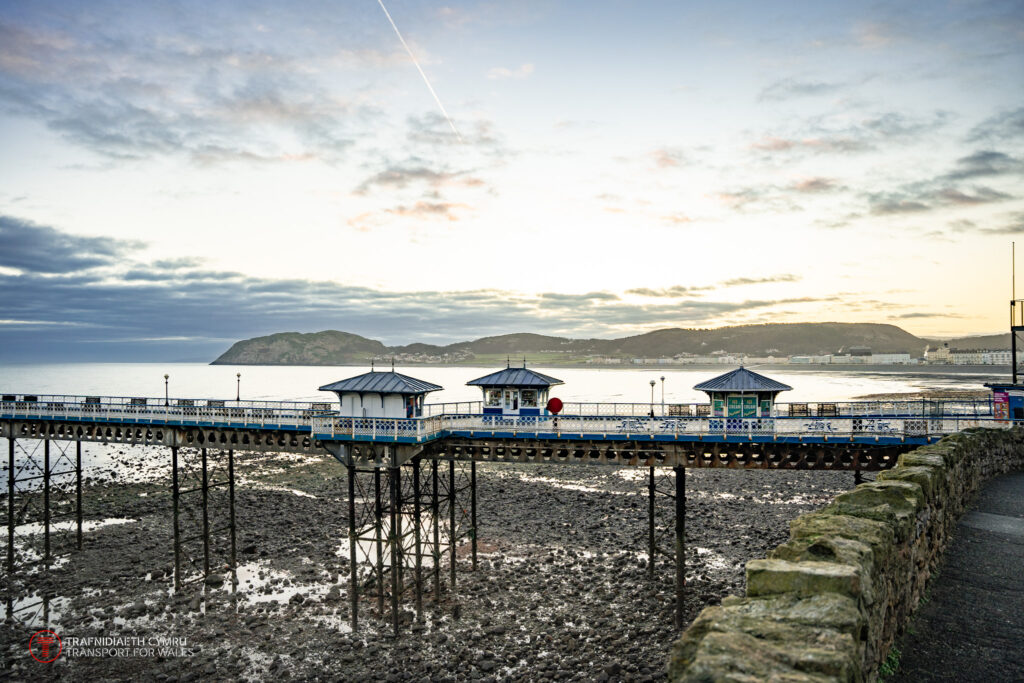
Deganwy
Created to carry slate from the quarries at Blaenau Ffestiniog to the wharfs along the River Conwy, Deganwy station was built in 1866 by the London and North Western Railway.
Today you can enjoy a short walk along Station Road to the town of Deganwy which overlooks Snowdonia, the Conwy Estuary, Puffin Island and Anglesey. Sitting just behind the town is the site of Castell Deganwy, once the seat of King Maelgwn Gwynedd. This much visited attraction (rebuilt by Henry III in 1245) dates back to the 6thcentury and plays an important role in the history of Wales.
Sitting on the wetlands of the Conwy Estuary is the RSPB Conwy Nature Reserve. A bird lovers dream, the reserve is used as a roosting place for many species of duck and wading birds and is often visited by migrating birds from Africa and the Arctic as the seasons change.
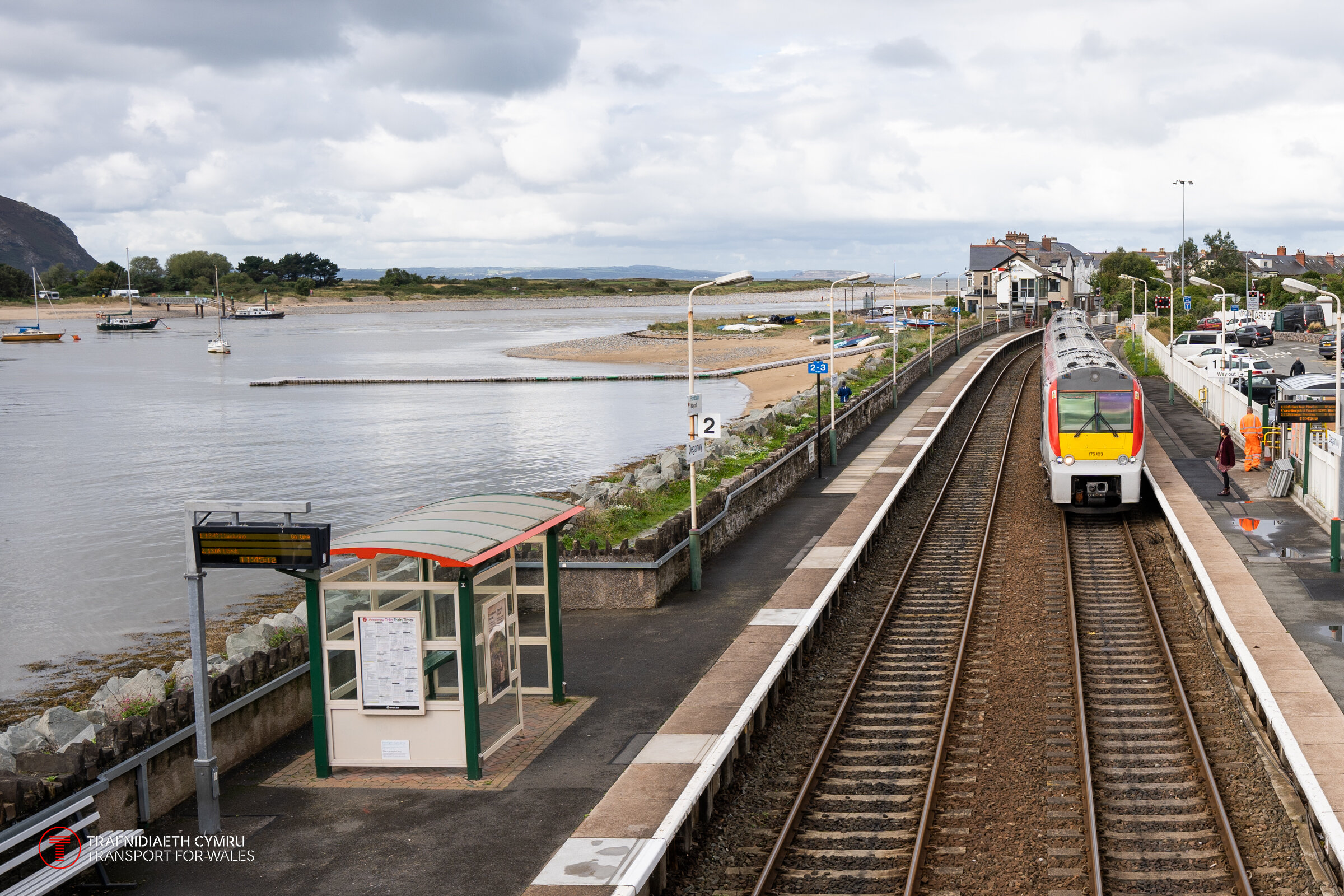
Roman Bridge
Taking its name from the nearby ancient bridge which crosses the River Lledr, Roman Bridge is a request stop ideal for walkers and cyclists looking to explore the breath-taking scenery of this area. Take in the views of the secluded cwm of Blaenau Dolwyddelan before walking to Dolwyddelan Castle, the 12th century stronghold of Prince Llywelyn the Great.
The best way to explore the area is with a station to station walk from Roman Bridge to Pont y Pant, an hour long moderate walk connecting these two locations.
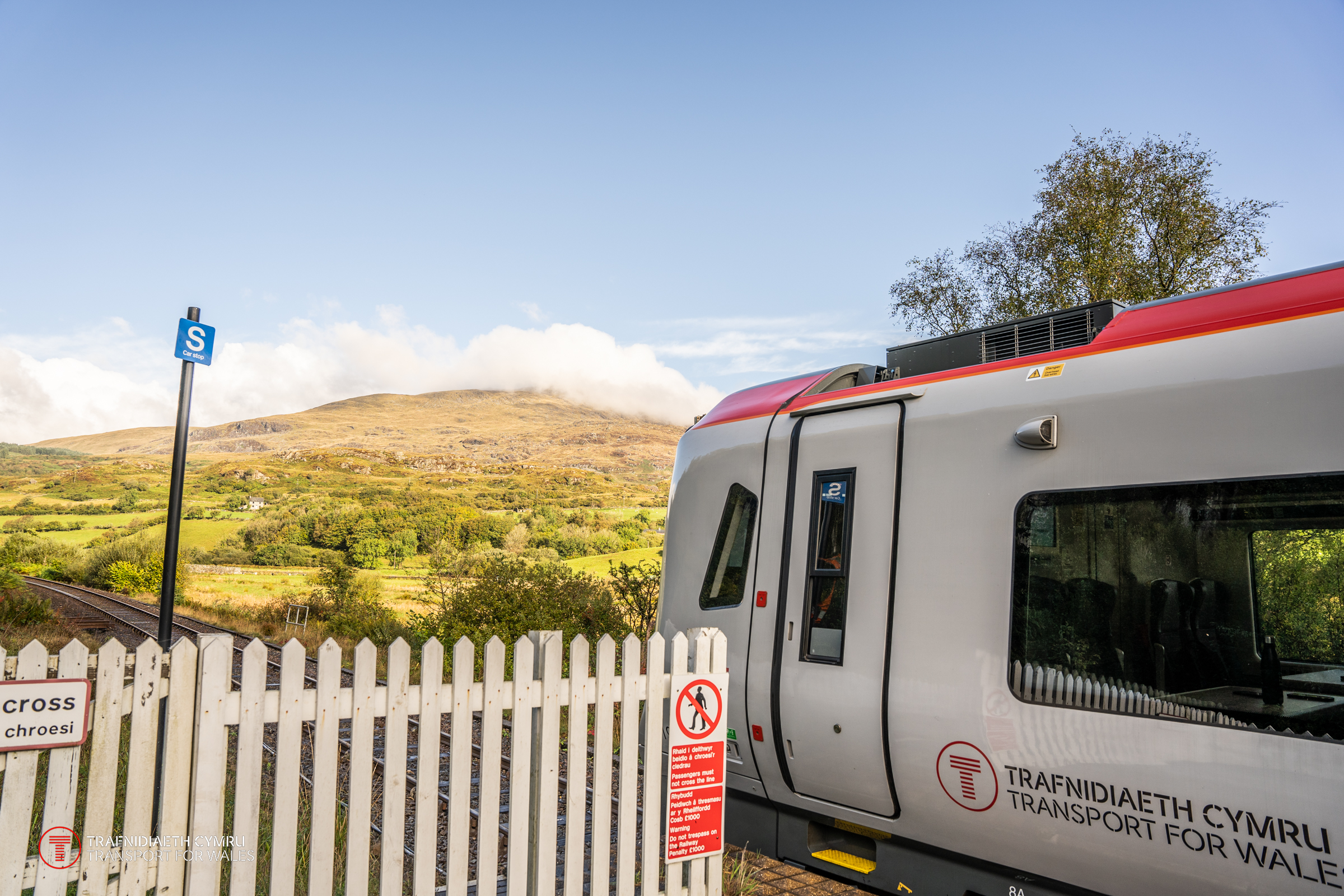
Betws-y-Coed
Popular with walkers, the charming town of Betws-y-Coed lies within the boundary of Snowdonia National Park. Opened in 1868, and constructed by local craftspeople, Betws-y-Coed station was used mainly by freight rolling stock, however as tourist numbers increased, passenger services became more frequent. The original stone railway station still stands and is now the busiest station along the Conwy Valley Line.
The Sherpa Bus links the main six paths so you can easily explore all the Snowdonia has to offer at your own pace. Make sure to also visit the nearby Swallow Falls and the Neolithic burial site at Capel Garmon.
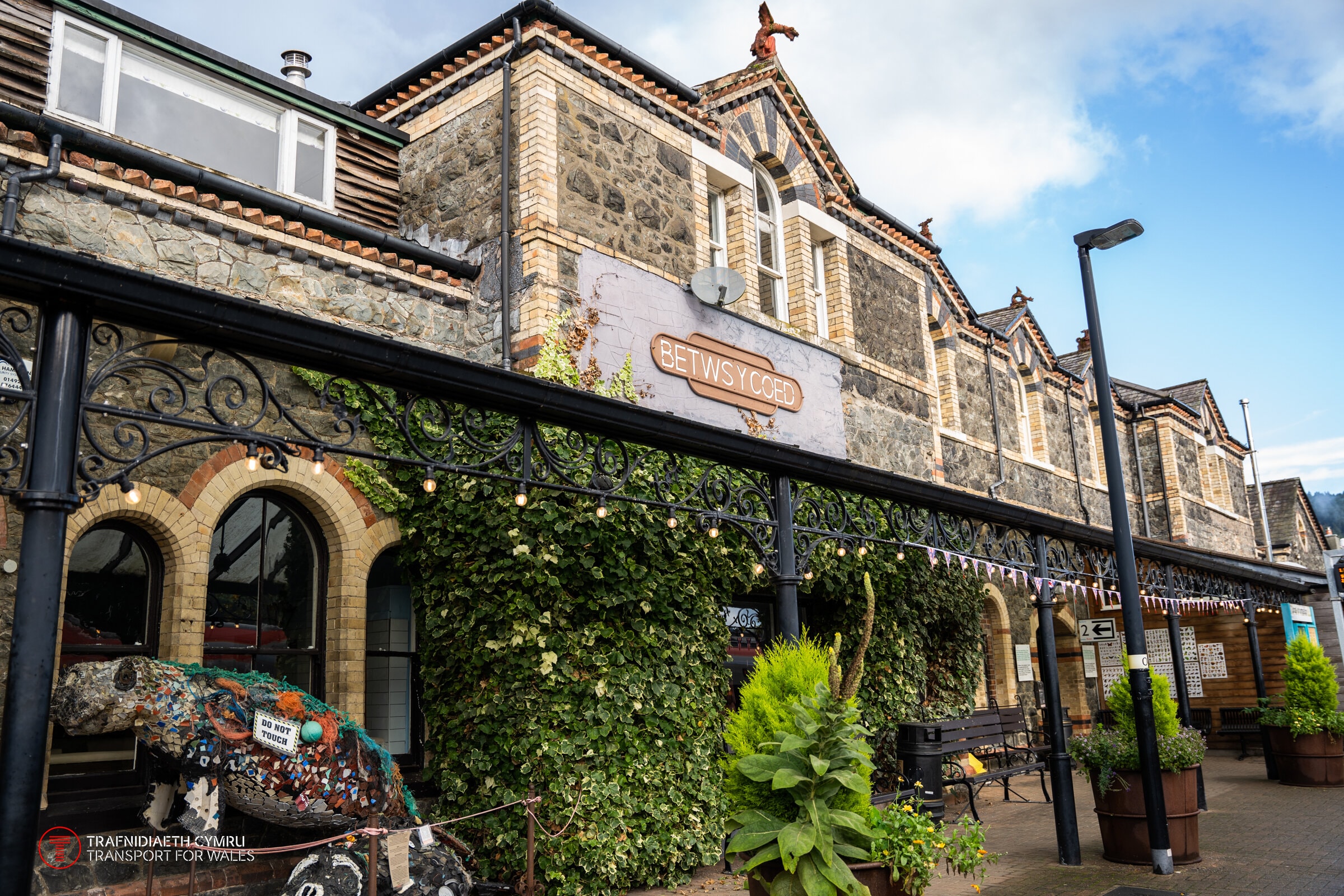
Blaenau Ffestiniog
Previously known as the ‘slate capital of the world’, Blaenau Ffestiniog was recognised in 2021 as a UNESCO World Heritage Site for its striking slate landscape. A popular activity centre, Blaenau Ffestiniog sits amongst the tumbled slate of the Moelwynion mountains and offers a range of outdoor activities including mountain biking, hiking, zip lining and cavern exploring.
The streets of Blaenau Festiniog offer a poetic insight into the history of the town with words and local sayings inscribed into the town’s pavements. The Ffestiniog Railway also starts its journey from Blaenau Ffestiniog, winding its way to Porthmadog and connecting with the Cambrian Coast line at Minffordd.
